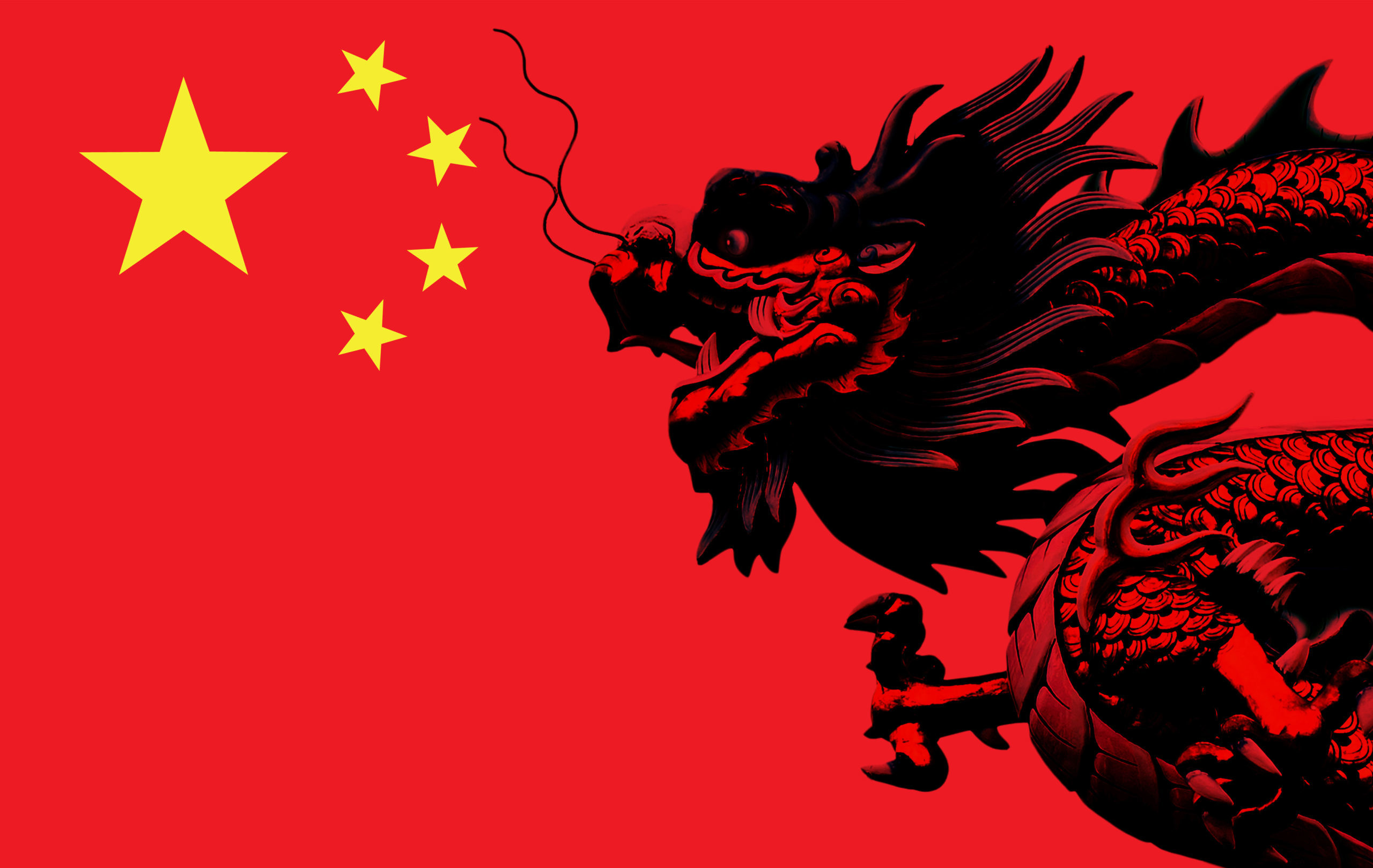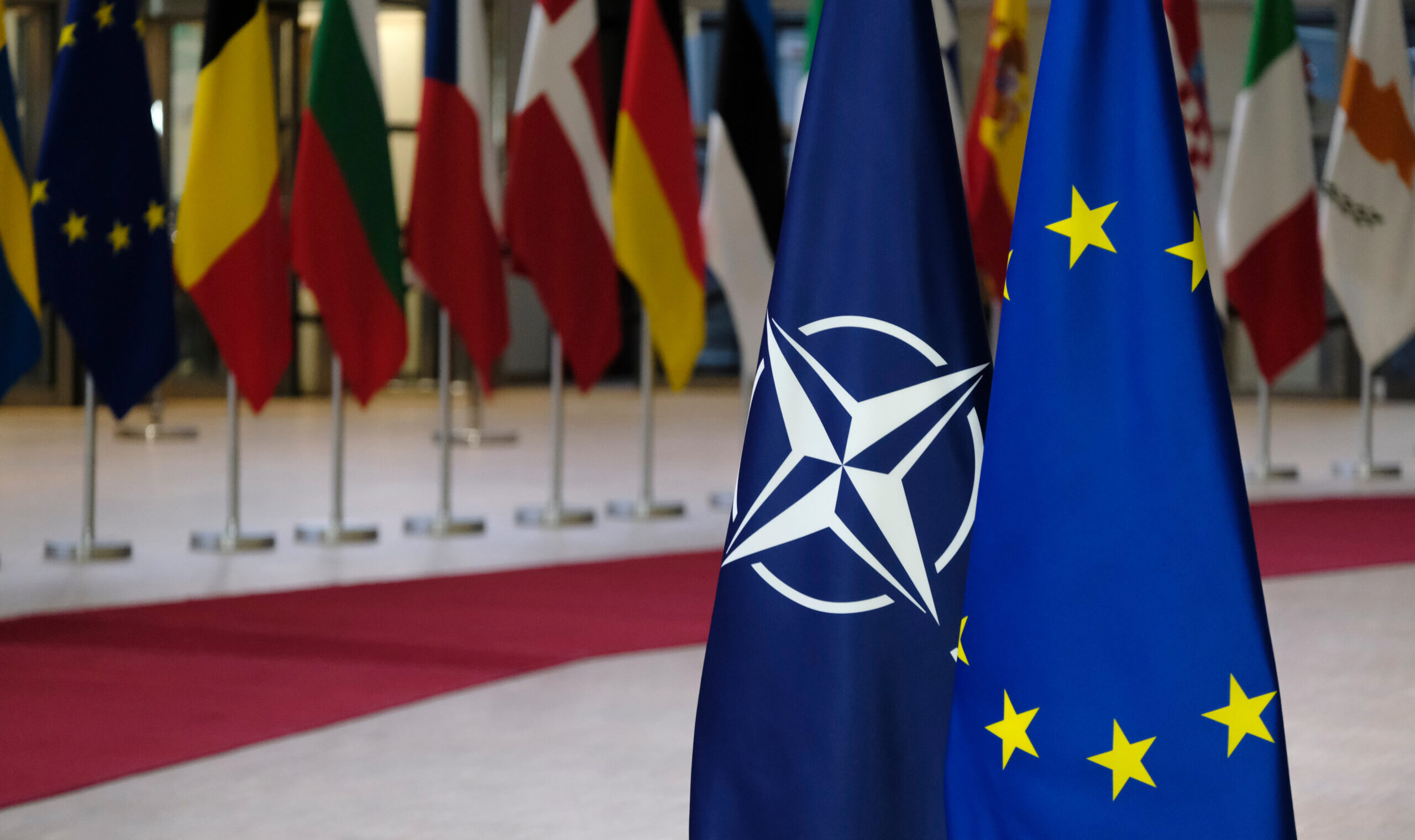A Separate Peace?
Accommodating and confronting the Red Dragon have both failed. Is there another way?

A U.S. F-22 shot down a Chinese balloon over the Atlantic coast, bringing to a close the national drama that for days attended the vehicle’s drift across American airspace. Now come the mutual recriminations, with Republicans blaming Team Biden for not acting fast enough, and Democrats countering that three such intrusions went undetected during the Trump administration. The episode also occasioned plenty of hilarious memes, not to mention Cold War nostalgia.
What we likely won’t get is a statesman-like debate over the shape of U.S. China policy. That’s because we lack statesmen of the caliber of an Eisenhower or Nixon, and there are few foreign-policy intellectuals to match the likes of George Kennan and Henry Kissinger. Instead, U.S. policy is formulated by a “blob” with a terrible record and no accountability.
So what should U.S. China policy look like at a time when many domestic indicators are flashing red for decline? Setting aside shades of nuance, two broad approaches have competed going back to the 1990s. The first approach, integrationism, has sought to ease China’s way into the U.S.-led global order; the second, confrontationism, has insisted that a clash over values and interests is inevitable. The two approaches are more similar than they appear, and in troubling ways.
The integrationist camp prevailed for most of my adult life so far. It was composed of establishment figures in both major parties, Clintonian Democrats as much as Bush Republicans, most of America’s (and the West’s) corporate titans, and such centers of commercial and cultural power as Hollywood, Silicon Valley, Davos, and the Ivy League. The confrontationist view was limited to nationalist hawks, often in alliance with human-rights agitators.
More recently, the two have switched places in terms of relative influence. The China-centered “globalization” promoted by the integrationists turned out to be a lousy deal for American workers, with up to 2.4 million jobs lost just in the first decade after China’s entry into the World Trade Organization. Integration, moreover, devastated U.S. industrial capacity—a reality thrown into stark relief by the pandemic’s early shortages.
Anger over these political-economic developments, compounded by the Covid pandemic, has now given confrontationism the upper hand. There is some promise in this, if you’re a populist type who wants to see the American economy manufacturing hard stuff once more, who prefers to have our supply chains closer to home, and who yearns for the restoration of the nation’s developmentalist tradition, with its emphasis on infrastructure and broad-based prosperity.
The problem is that both approaches have as their object the same fundamental aim, a global liberal imperium dominated by the United States. The original integrationists weren’t animated by a cuddly Sinophilia. Encouraging Beijing’s entry into the WTO and establishing normal trade relations with the Middle Kingdom was their way of maintaining the post-Cold War unipolar moment. The Chinese Communists would play their assigned role in a script drafted by Washington Consensus elites. They were supposed to manufacture plastic goods lower down the value chain, and to adopt the same neoliberal model that had worked such wonders for ordinary people in the West, characterized by deregulation and the flight of the state from economic life.
The Chinese had other plans. As the heterodox socialist writer Thomas Fazi has written:
It became apparent that China wasn’t going to follow the grooves carved for it by the masters of Western-led globalization. From America’s perspective, globalization was based on the assumption that China would accept the role in the global division of labor assigned to the country—that of making stuff for Western multinationals—and would eventually embrace Western-style economic liberalism. Neither has come to pass. On the contrary, over the past decade, China has climbed its way up the global value chain, and today competes with Western companies in many domains. Meanwhile, the state’s role continues to expand.
Enter confrontationism. Having for years operated Camp Waterboarding not far from Floridian shores, Washington suddenly cared a great deal about the fate of Uighurs mistreated by Chinese authorities; the One-China Policy, which had kept the Taiwan question tabled since the 1970s, was suddenly up for revision; Caribbean islands accepting Chinese investment were threatened with severe repercussions, even as U.S. forces continued to encircle China.
Perhaps all this is inevitable when one great power rises to challenge another. We shouldn’t be naive about what it would mean for China to reshape its neighborhood to its preferences. Yet it is in the nature of a nuclear-power rivalry that things can go from catastrophic to apocalyptic very fast—a fact that underwrote the weekend's high anxiety over the balloon.
Subscribe Today
Get daily emails in your inbox
Integrationism failed—for ordinary Americans, that is: The elites who cashed in on it while the going was good did just fine. The confrontationism pushed by our current crop of Dr. Strangeloves, meanwhile, risks horrors that should be beyond contemplation, as well as diverting attention and resources away from economic and social renewal at home.
A better way would be to deepen the economic decoupling already underway, and simultaneously to give up on the dream of maintaining the whole world as America’s sphere of influence, which brings Washington into conflict with nuclear powers like China (and Russia) whenever these seek to assert themselves in their own regional spheres of influence.
Such an approach might sound downright scandalous to ears marinated in the ideology of a Robert Kagan or a Francis Fukuyama. But it would have sounded perfectly natural to, say, a John Quincy Adams or a George Washington.



